Japanese Culture and a Joyful Heart: Souun's Debut as a Calligrapher

Souun Takeda, a calligrapher and contemporary artist, introduces Japanese culture in a series of original essays. In this third installment, he recounts his early days as a professional calligrapher, what influenced his distinct style, and how he received his art name "Souun."
Souun Takeda: Calligrapher and Contemporary Artist
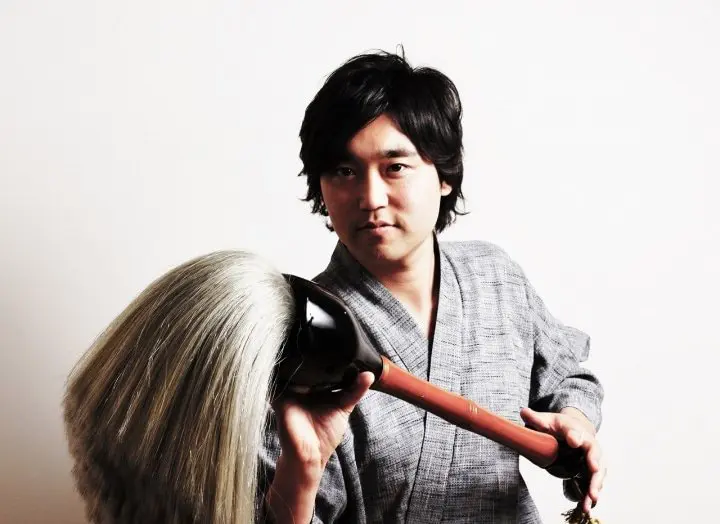
Picture courtesy of Takeda Souun Office
Souun Takeda is a Japanese calligrapher and contemporary artist. After working as a company employee, he launched his career as a professional calligrapher in 2001. Since then, Takeda has produced various title credits for TV programs and movies. He currently hosts calligraphy workshops and exhibitions all around the world.
In this series, Takeda introduces the essence of Japanese culture through the art of calligraphy.
Read also
Part 3: Starting a New Career as a Professional Calligraphy Artist
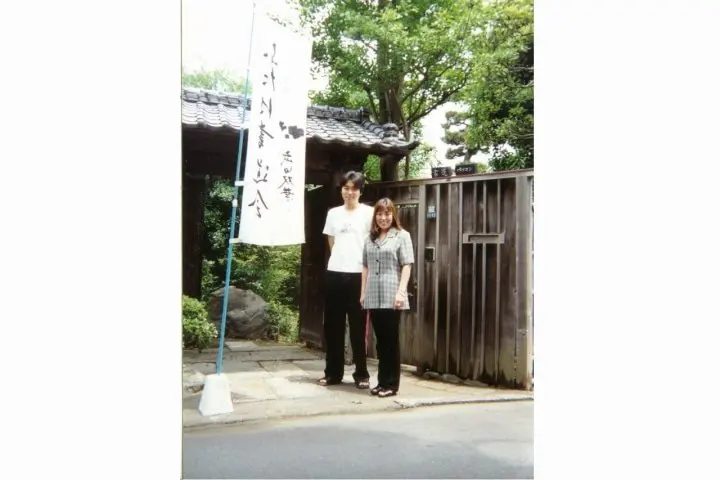
After deciding to launch my career as a calligrapher, I resigned from my job at a large company and returned to my parents' house in Kumamoto. I resumed studying under my mother, who was my childhood calligraphy teacher.
My mother displayed many of her works in our house, which deeply moved me with their beauty. I practiced rigorously in hopes of being able to write as dynamically and stylishly as her.
To start anew, I relearned the basics of calligraphy, including the proper tools and its history. Along with learning writing techniques, my studies filled me with awe and made me more eager to embark on my new lifework.
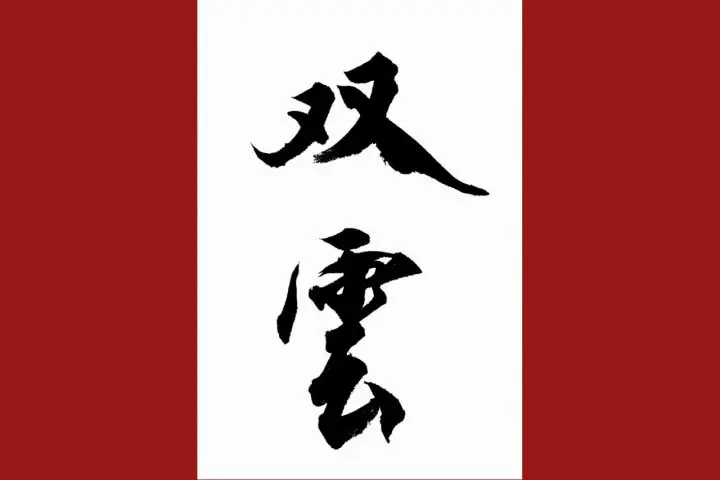
Six months later, I was awarded a gago (art name, *1) by my teacher.
As a child, I would find myself gazing at the clouds, even during class or club activities, and inevitably got scolded. My art name, "Souun," consists of the kanji character "sou," which means "twin" and is from my teacher's gago (Souyoh), and "un" (the Japanese word for cloud). With a new name, I felt I was starting a new chapter in life.
*1 Gago: A nickname used by artists in calligraphy and other East Asia arts such as ikebana or tea ceremony. It is customary for the gago to consist of two kanji characters, one of which is part of one teacher's art name.
At the Beginnings of My Career as a Professional Calligrapher
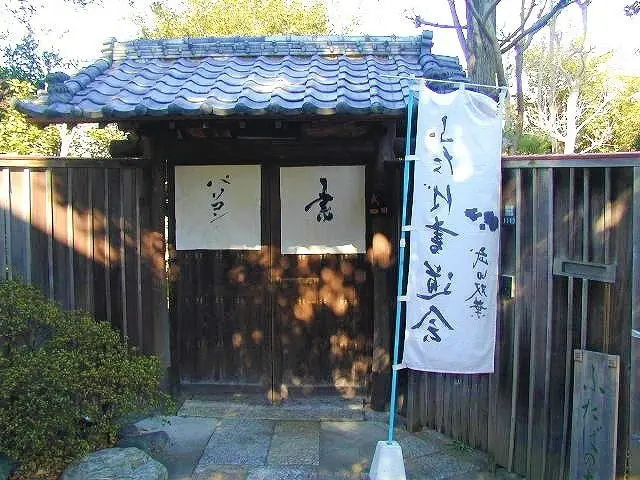
In January 2001, I moved to an old house built about a hundred years ago in the Shonan area of Kanagawa.
I started a calligraphy class, but no students had enrolled yet. With time on my hands, I went to a nearby train station at night for my street performances, as recounted in Part 2 of this serial essay. I waited for someone to be interested in my work. Although no one stopped at first, I observed the passersby, and a few people slowly started noticing my public performance.
However, I would become extremely nervous with my hands trembling and unable to speak properly. Despite trying to relax, my nervousness worsened. So I decided to listen to the people in front of me by striking up a conversation.
When two young women stopped and asked me to write something, I inquired how their day went. One of them talked for about ten minutes, during which she revealed that her boyfriend had broken up with her. The word "ai" (love) came to my mind, so I wrote the kanji character in a gentle style.
The woman started to cry and thanked me by tipping a generous amount at that time. Following that incident, I set my heart on enjoying calligraphy in the moment.
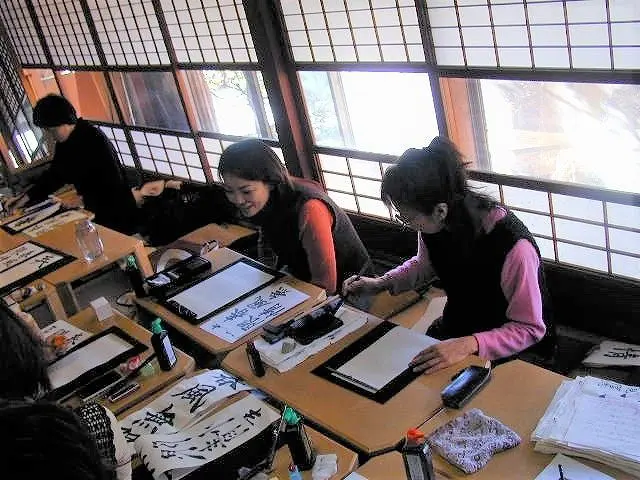
More people began stopping by my street performance and asking me to write something for them.
This was when I became interested in researching "the relationship between one's state of mind and the surrounding world" in my works.
Editor's Note

The calligraphy work in this installment reads "Takeda Souun" (武田双雲). The artist's name consists of four kanji characters: 武田 "Takeda" is his family name and 双雲 "Souun" is his art name, or gago.
Notice how he plays with the sizes of the characters. Although each character comes in a different size, the work as a whole has balance and dynamism.
The character 雲, which means "cloud" in Japanese, actually resembles the shape of a towering cumulonimbus cloud. Imagery and signs overlap in fascinating ways in calligraphy.
Read also
All pictures courtesy of Takeda Souun Office
Born in 1975 in Kumamoto. After graduating from the Tokyo University of Science, we worked for NTT, then started his career as a calligrapher. He has produced various title cards for TV programs and movies, including TV series by NHK. In 2020, he held his first individual contemporary art exhibition. Currently, he holds calligraphy workshops and exhibitions all over the world.




























![[Reopening in March 2026] Ikoma Sanjo Amusement Park Park, 45 minutes from Osaka , with free admission](https://resources.matcha-jp.com/resize/720x2000/2024/08/28-194409.webp)
![[Gunma] 5 recommended gourmet foods at Kawaba Denen Plaza Roadside Station!](https://resources.matcha-jp.com/resize/720x2000/2025/02/26-225970.webp)
![[Kanazawa] Enjoy the world of gold leaf to the fullest in the city with the highest production volume in Japan](https://resources.matcha-jp.com/resize/720x2000/2025/11/12-249564.webp)
![[2026] Family Winter Trip to Suzuka Circuit! – For Both Day trips and Overnight Stays!](https://resources.matcha-jp.com/resize/720x2000/2025/12/26-254097.webp)
